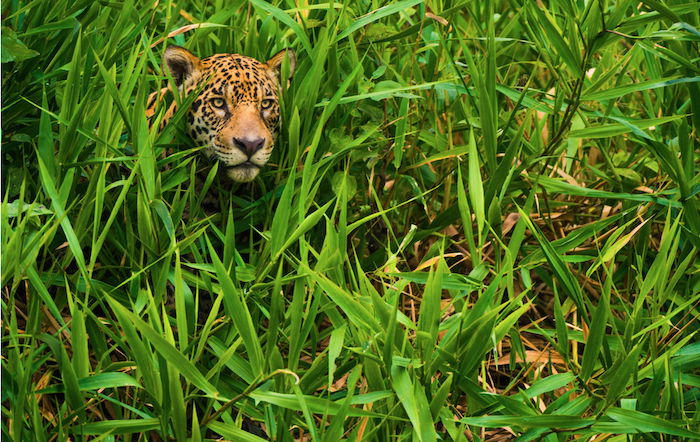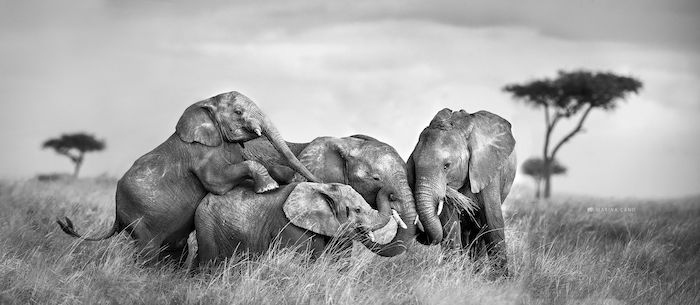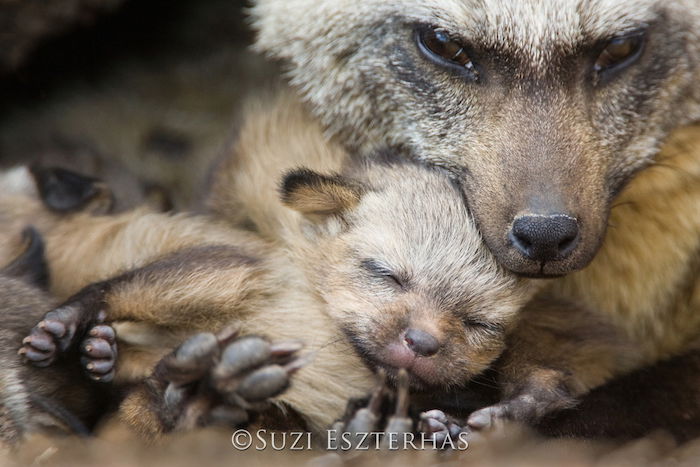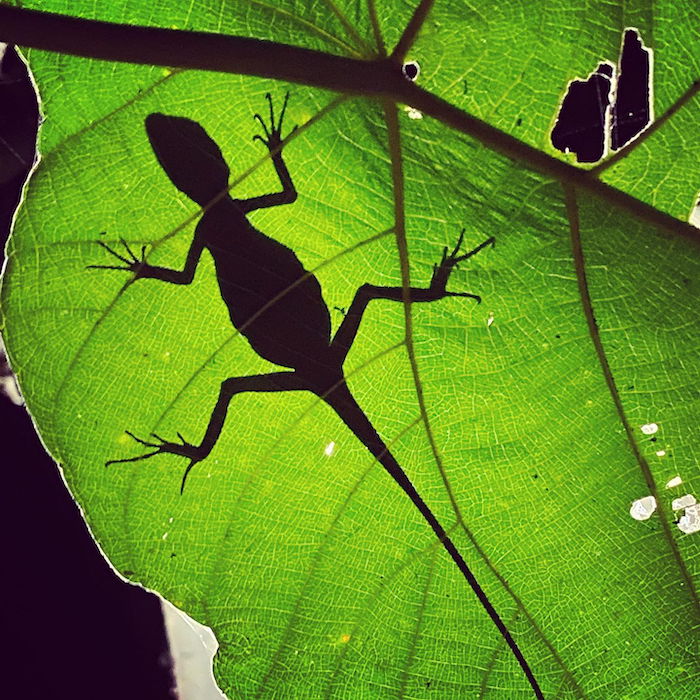Today, we’re looking at famous wildlife photographers to give you an idea of some of the best wildlife photographs. These photographers spend hours and days looking for one image, a true show of dedication to the craft.
To be the best photographer possible, we need to understand photos. And to achieve this, we need to study the work of the best photographers. By doing so, we can learn why certain compositions, emotions, stories, and scenes work.
Here are 15 famous wildlife photographers that will teach and inspire you.
Many amateur photographers get caught up in technical perfection. They forget that the most important part of an image is the story. At first glance, some photos by famous nature and wildlife photographers can seem a bit "off."
The image may be blurry, oddly composed, or has less-than-ideal lighting. But in that image, there will be something profound. There will be a story or message, a rare species, or a unique moment.
Look through any issue of National Geographic, and you’ll undoubtedly find several examples. Such images may not win much praise on social media, and yet they get published in the pages of Nat Geo.
As wild animal photographers, we can apply those lessons to our own image-making.
So, let’s have a look at some of the best wildlife photographers in the world.
Franz Lanting is a giant among nature photographers. His vivid storytelling is definitely worth examining.
Lanting’s book, Jungles, lives in a prominent place on my bookshelf. I often pull out this well-worn volume and flip through the pages to find inspiration.
Marina Cano is a Spanish wildlife photographer and Canon Ambassador. Her dreamy artistic works include a mix of low-saturation color and black and white.
Her work centers on African wildlife. Cano's images have appeared on the cover of National Geographic on many occasions. I recommend examining her incredible black and white images of African Elephants.
Dutch-born wildlife photographer Marsel van Oosten’s work is rewarded, featured, and exhibited worldwide. He is also a regular contributor to National Geographic. Not only are his images great, but his work shows his love for nature and his concern for the environment.
This image, The Golden Couple, of two endangered golden snub-nosed monkeys made him the Wildlife Photographer of the Year in 2018. 
Suzi Eszterhas’ images of baby animals have appeared on the cover of many magazines. But her images extend well beyond "cute."
Eszterhas has won several awards in the Natural History Museum's Wildlife Photographer of the Year competition. Her photos are compelling and show the most intimate moments of wild animals.
Sandesh Kadur is known for his beautiful wildlife films. He is a National Geographic fellow and maker of images and films. His stills and video are dramatic and moving tributes to the animals he photographs.
Melissa Groo has won many wildlife photography awards. If you take a look through her website's gallery, you can see why.
There are no simplistic portraits in her beautifully lit images. All show some behavior or have an eye-grabbing characteristic. Her images are more than eye candy—each tells a story.
Anyone involved in wildlife photography has likely heard of Joel Sartore. He has been widely published in magazines like National Geographic.
Sartore’s organization Photo Ark is tasked with photographing Earth's biodiversity. And the resulting images appear in conservation efforts around the world.
Ami Vitale's photography will bring you to tears. Her visual storytelling skills are unsurpassed and need no explanation.
Her image showing the death of the last Northern White Rhinoceros appeared on the cover of the October 2019 National Geographic. The photo is heart-wrenching and beautiful. Vitale’s accolades include winning the acclaimed title of Magazine Photographer of the Year.
Paul Nicklen's photos are so good that I hardly know where to begin. A marine biologist turned photographer, his passion for the sea is clear in his images. But Nicklen doesn't limit himself to the ocean or underwater subjects.
Bears, wolves, forests, and Arctic and Antarctic ecosystems are fair game. Anyone who wants to get better at wildlife photography should study Nicklen's work.
Cristina Mittermeier’s photographs include portraits, travel shots, and of course, wildlife. She is a passionate conservationist, which shows in her photography and advocacy work.
With partner Paul Nicklen (above), she founded SeaLegacy. SeaLegacy uses visual dramatic imagery and advocacy to protect the world's oceans.
Florian Schultz’s book Yellowstone to Yukon: Freedom to Roam is a beautiful example of conservation photography.
Shultz argues for protected lands to connect Yellowstone to Canada's Yukon Territory. His images of this wild part of the world are beautiful and thought-provoking.
I first learned of Amy Gulick while browsing the shelves of my local bookstore. Her book, Salmon in the Trees, is about Alaska's Tongass National Forest and has since become one of my favorites.
A writer and photographer, Gulick is a master at combining the two art forms. Her book shows how salmon are intertwined in the Pacific Northwest ecosystem. Photographers looking to mix visual and text stories will find Gulick an inspiration.
Morgan Heim is a senior fellow at the International League of Conservation Photographers. She is a photographer with a unique vision. Many of her images are shot wide and show wild animals in their natural environment.
Her camera trap photos are surprising and even humorous. One photo, in particular, shows a mountain lion on what appears to be a neighborhood sidewalk. Heim’s work shows how wildlife and humans can conflict or coexist.
Tin Man Lee is best known for his tight, intimate portraits of animals in the wild. The crisp, detailed eyes of his subjects stand out like floodlights. The eyes are windows to the soul, the saying goes. And Lee takes that statement to heart.
Jenny Ross' work has drawn international acclaim, abundant publications, and awards. Through her images and writing, Ross is able to tell the stories of wildlife around the world. In my opinion, her profound images of Arctic wildlife show her nature photography skills at their best.
I’ve never understood the competition between photographers. Often, it seems, we are trying to outshoot one another. Instead, we should look to one another and to famous wildlife photographers for inspiration. Look at the websites of these photographers, and then grab your camera and see what you can create.
There are SO many good wildlife photographers out there, not just the ones on this list. There are a hundred others I could have included in this list. Take your inspiration from any wildlife photographer you want.
Take a look at our Simply Stunning Landscapes course next!